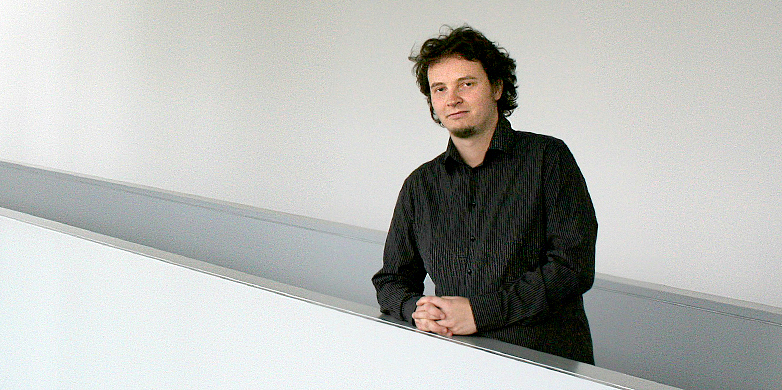Creative approaches to efficient catalysis
Bill Morandi of the Max Planck Institute for Coal Research will be awarded the Ruzicka Prize 2016. The ETH Zurich alumnus has succeeded in developing new catalytic concepts that could lead to improved efficiency in medical chemistry and materials science, as well as improved safety in industrial processes.

Catalysts play a vital role in the initiation and speed of chemical reactions. Morandi, the winner of this year’s Ruzicka Prize, works on developing new and sustainable concepts in the field of catalysis. Together with his research group, he develops new methods that are used in the pharmaceutical industry to, inter alia, improve efficiency and safety in the production of new medicines. The young Swiss researcher has headed up the Homogeneous Catalysis and Reaction Design group at the Max-Planck-Institut für Kohlenforschung since 2014.
A new concept for improved safety
Morandi made a huge breakthrough with the development of a new concept – “shuttle catalysis”. This gave rise to a safer version of hydrocyanation, a step used in chemical synthesis. Unlike the current hydrocyanation process, shuttle catalysis relies on the exchange of two functional groups between two molecules, and thus does not require the use of toxic prussic acid as a reagent. The concept could theoretically be applied to other processes in chemical synthesis, so that in future it will be possible to dispense with toxic and highly reactive reagents, such as hydrochloric acid or carbon monoxide, in the laboratory.
Focus on sustainability and cost efficiency
The sustainability and cost efficiency of industrially relevant chemical reactions are two important focal areas of Morandi’s research. At present, many industrial processes are catalysed using expensive and rare noble metals, such as rhodium or palladium. Morandi’s group investigates how these metals may be replaced with cheaper, readily available alternatives, such as iron, nickel or copper.
His multifaceted research has now been duly recognised with the Ruzicka Prize. “Even at this early stage of his research career in synthetic organic chemistry, Bill Morandi has already achieved a series of pioneering breakthroughs, characterised by a high degree of creativity and originality,” says Karl-Heinz Altmann, Head of the Department of Chemistry and Applied Biosciences at ETH Zurich.
A career that started at ETH Zurich
The Ruzicka Prize, which includes 10,000 Swiss francs in prize money, is not the first award that Morandi has received at ETH Zurich. After completing his studies at ETH, he was presented with the ETH Medal for his outstanding doctoral thesis in 2013. Morandi is therefore looking forward to the award ceremony with a sense of great delight but also some trepidation: “As a former ETH student, it is a great honour for me to give a talk in front of my former professors and to be honoured with this important Swiss prize.”
Ruzicka Prize
The Ruzicka Prize, named after the Nobel Prize winner Leopold Ruzicka, has been awarded annually since 1957 to young researchers who deliver outstanding work in the field of chemistry. The award is funded by the Swiss chemical industry. Along with the Werner Prize, it is Switzerland’s most important award for the promotion of young talent in the field of chemistry. The boards of trustees have discovered a wealth of talent since the prize was first awarded: the list of winners includes names such as Richard Ernst (magnetic resonance, Nobel Prize 1991) and Charles Weissmann (prion research, Robert Koch Medal 1995).
